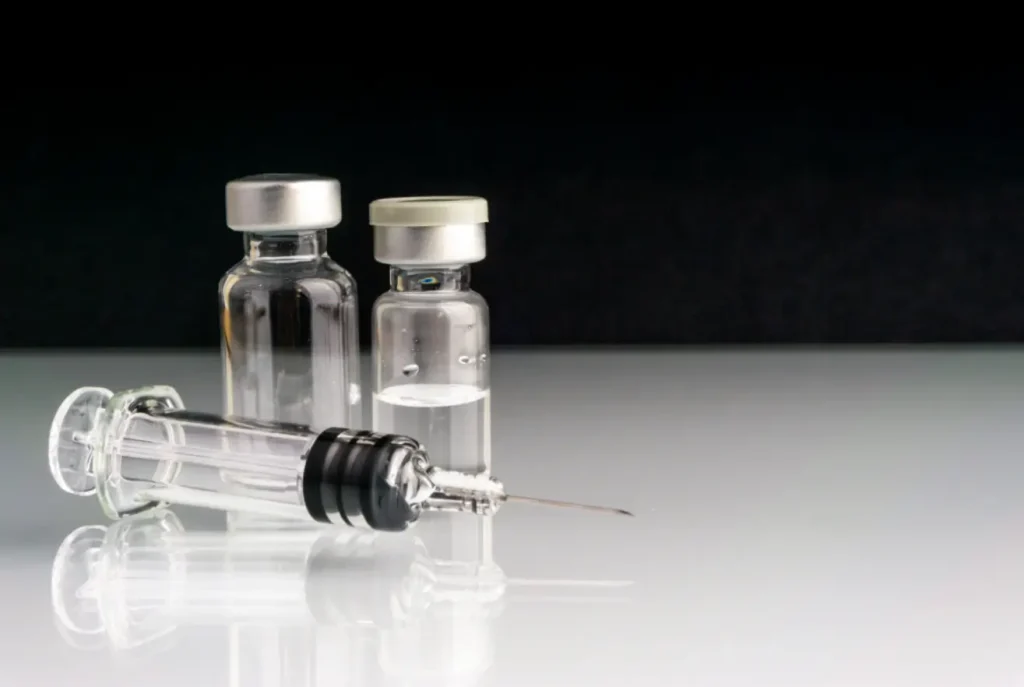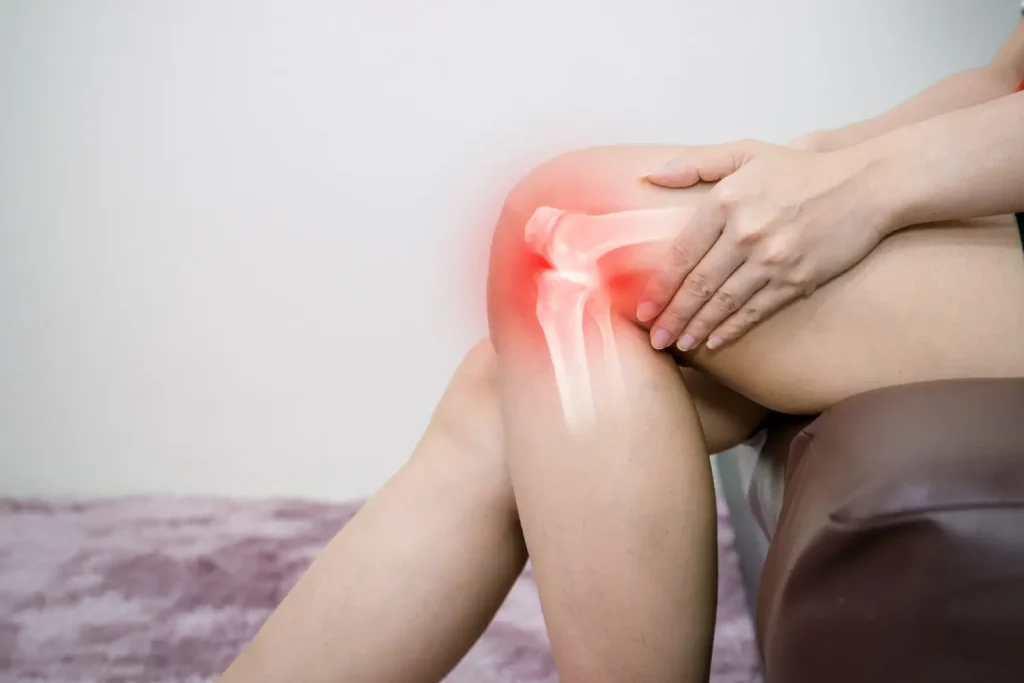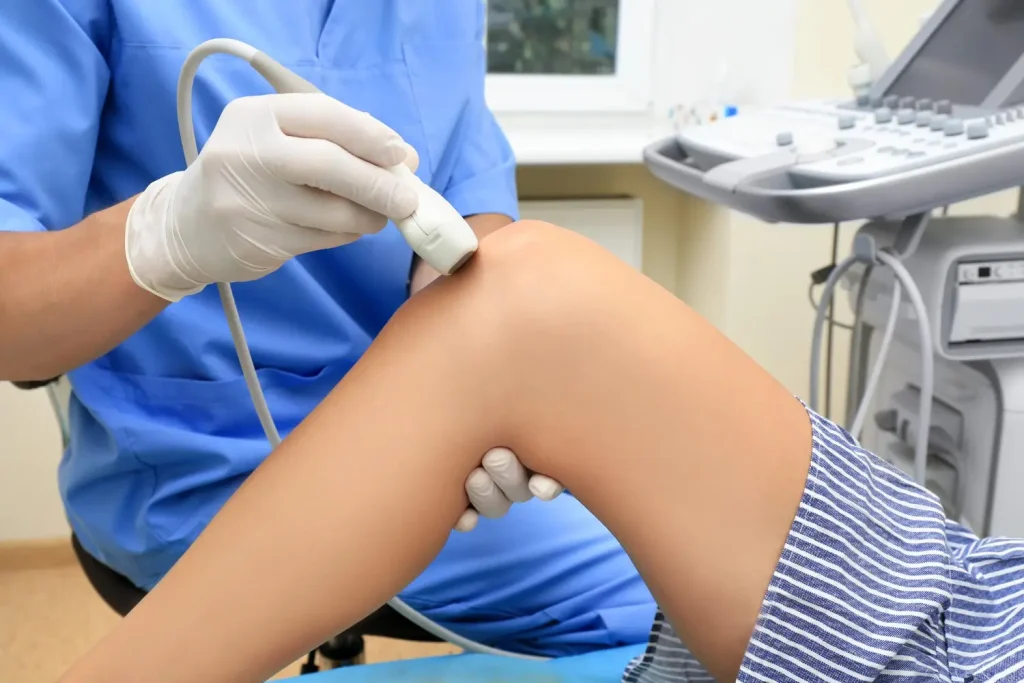With the passage of time, the visible signs of aging, such as the loosening, wrinkling, and sagging of the skin, become more pronounced. Many factors contribute to the way skin ages, including genetics and exposure to the sun. Luckily, cosmetic procedures exist to reverse these issuessuch as the facelift.
Understanding Facelifts
A facelift is a surgical procedure that is used to reduce the visible signs of aging on the face. During this process, the surgeon lifts and tightens the skin and muscles, and removes any excess material. This provides patients with a rejuvenated, more youthful appearance.
Factors to Consider
Patients must be willing to follow all instructions before and after the operation, and their expectations must be realistic. Patients should always consult their doctor before receiving a facelift. Factors that determine whether a person is a good candidate for a facelift include:
- Elasticity of the skin;
- Bone structure;
- And overall health.
Types of Facelifts
There are many types of facelifts. Some are listed below.
- Liquid facelift
- Jawline rejuvenation
- Mini facelift
- S-lift
- Mid-facelift
- Cutaneous lift
- Temporal facelift or brow lift
- MACS lift/quick lift
- Traditional facelift
Choosing the Best Method
Patients should do their research to decide which type of facelift is best for them.
Liquid facelift
This type of facelift uses a combination of dermal fillers and Botox to restore facial volume and reduce the appearance of wrinkles. There are many different types of dermal fillers, and their results generally last between 6 months and 2 years. Botox typically lasts 3 to 6 months.
Jawline rejuvenation
The shape of the jawline plays an important role in maintaining a youthful appearance. With the passage of time, the shape of the lower jaw changes as the skin starts to sag. Jawline rejuvenation helps to reverse these changes. Dermal fillers, Belotero, and Botox can be used to rejuvenate the jawline, but a facelift is the most effective procedure for tightening the skin around the jaw.
Mini facelift
This type of facelift is used to treat wrinkles and loose skin on the lower third of the face. Small incisions are made around the ears, excess tissue is removed from the area, and the remaining tissue is tightened to restore definition to the face. This procedure gives a youthful, refreshed look that can boost confidence as well. Minimal scarring and very few side effects occur after this type of facelift, and it is done under local anesthesia.
S-lift
This specific facelift formulation is optimized for minimally lifting the region of the neck and lower third of the face, tightening otherwise the difficult to treat sagging skin on the chin, neck, and cheeks. It is called an “s-lift” simply for the actual shape of the incision that has to be made adjacent to the ear. An s-lift procedure takes an average of 2 hours to complete, has nearly no complications, and does not require as long a recovery time as other procedures do.
Mid-facelift
This procedure restores a youthful look to the lower eyelids and the cheeks. It is more targeted than a traditional facelift. Recovery time after this kind of facelift is approximately 1 week.
Cutaneous lift
This type of facelift treats signs of aging on the neck and lower face. Incisions made around the ear and hairline allow the surgeon to remove excess skin while stretching the remaining skin. The results of this procedure last for a shorter amount of time than those of other facelifts.
Temporal facelift or brow lift
This type of facelift focuses on the forehead and brow, with incisions made within the hairline. This procedure is often recommended for patients with droopy brows.
MACS lift/quick lift
These facelifts use a modified s-lift technique. The recovery time for these procedures is longer than that for an s-lift, but they produce better results.
Traditional facelift
In a traditional facelift, incisions are made around the ears, in the hairline, and below the chin, and skin and muscles are tightened to rejuvenate both the face and the neck. It takes about 2 weeks to recover from this surgery, and the results are long lasting.
As an elective surgery, facelifts may be used to improve sagging, wrinkled skin. Other cosmetic procedures, such as dermal fillers, can be used in combination with facelifts to produce even better results. Patients should consult their doctor to decide which procedure is the best for them.





















